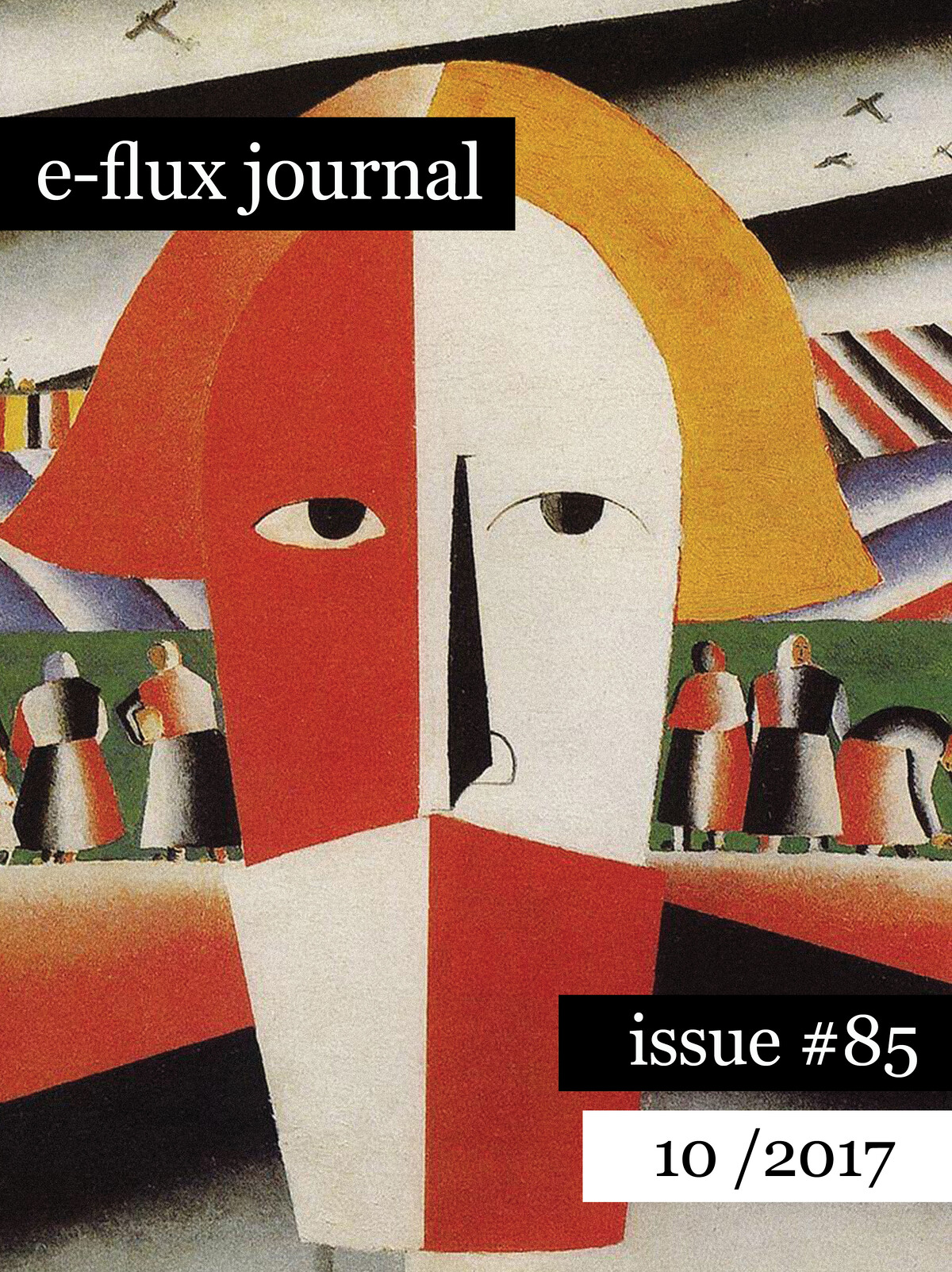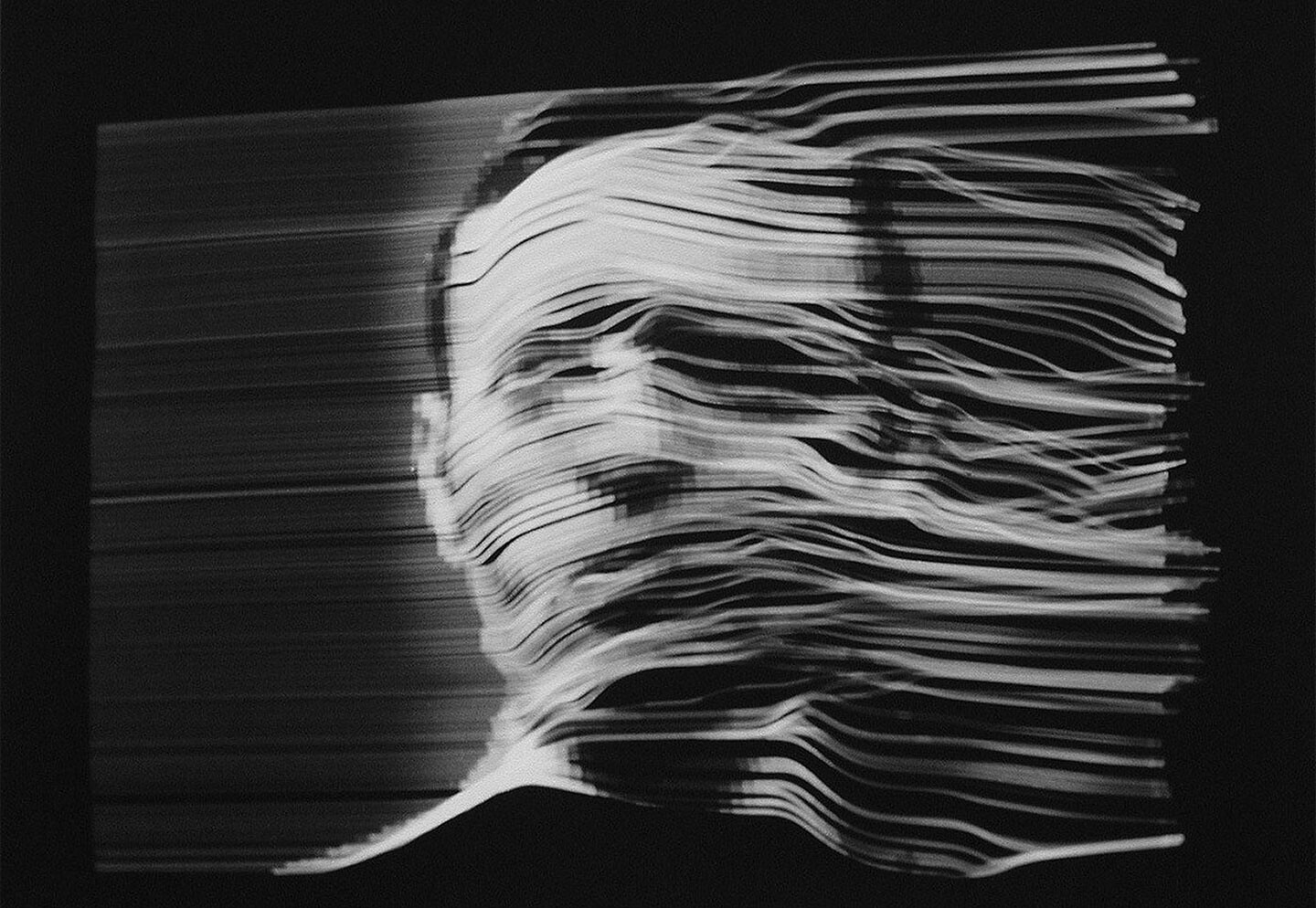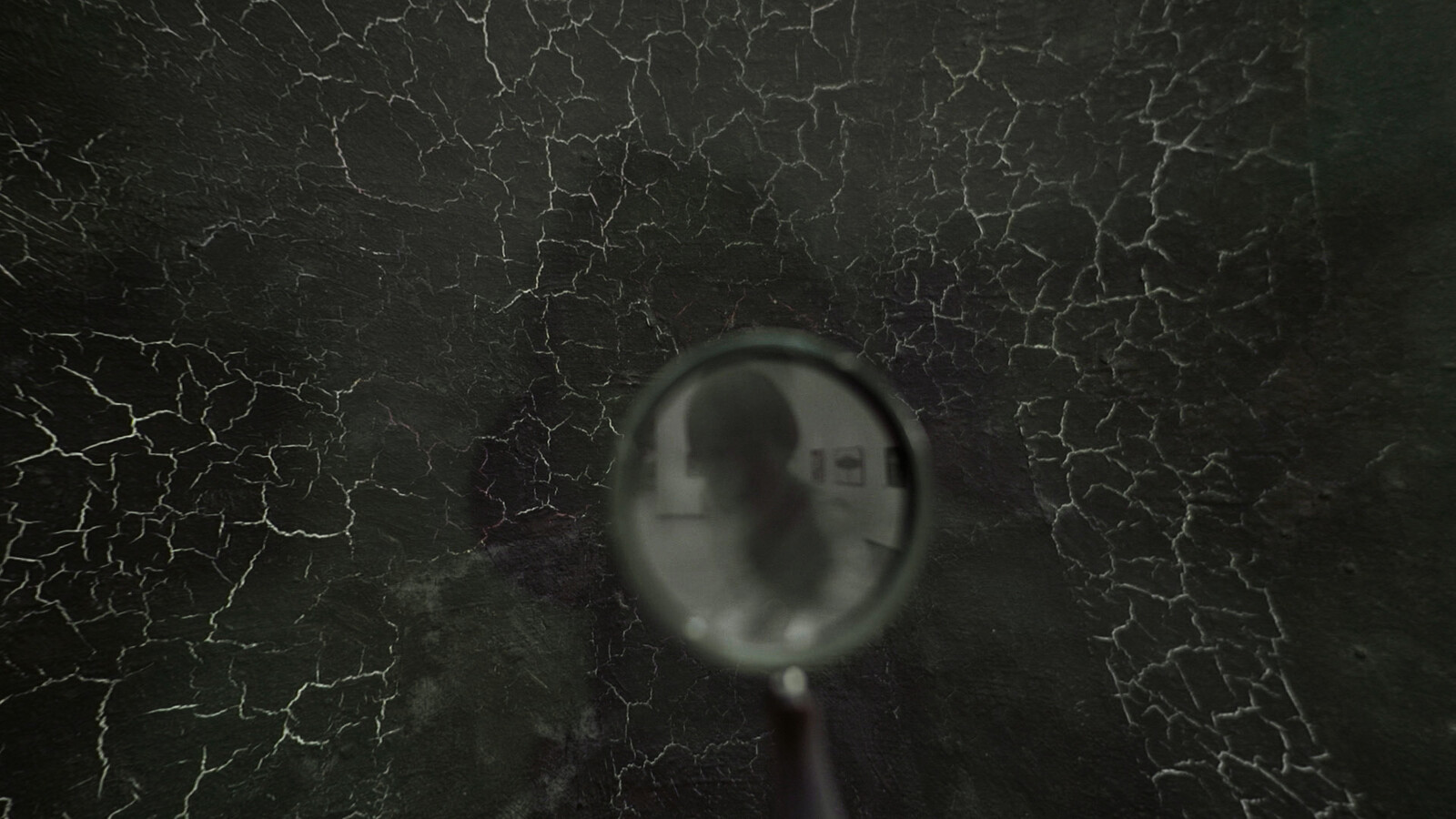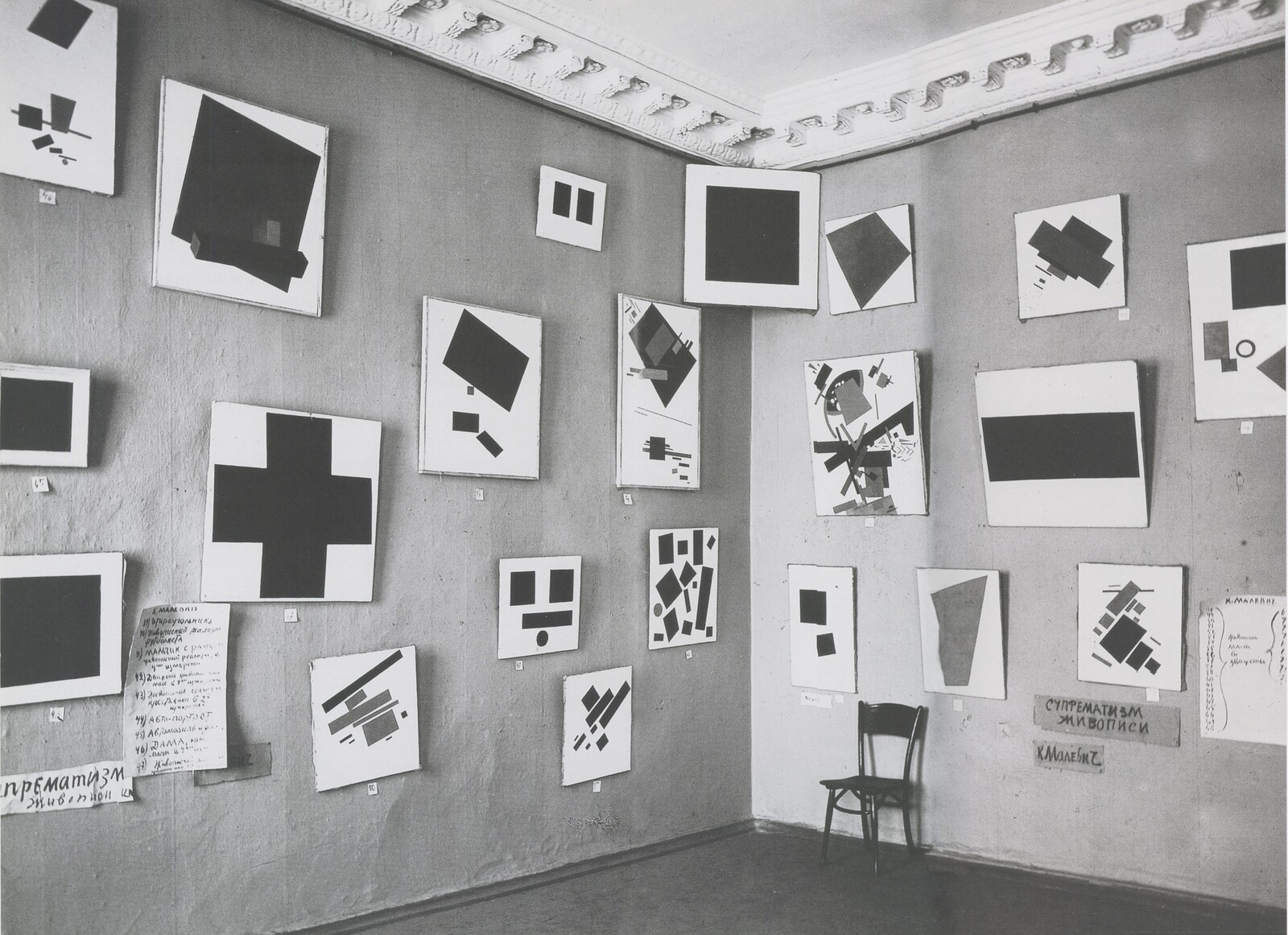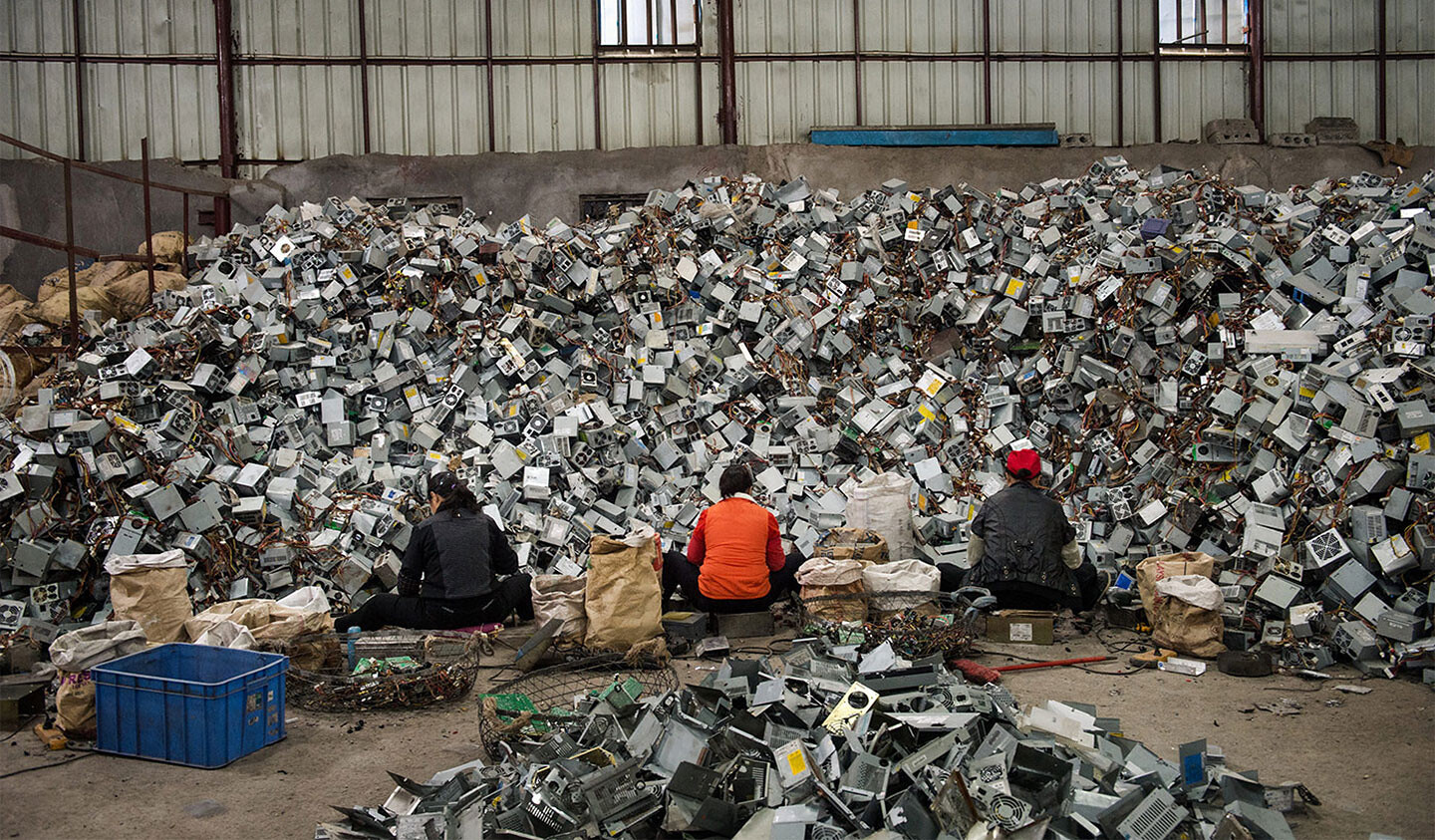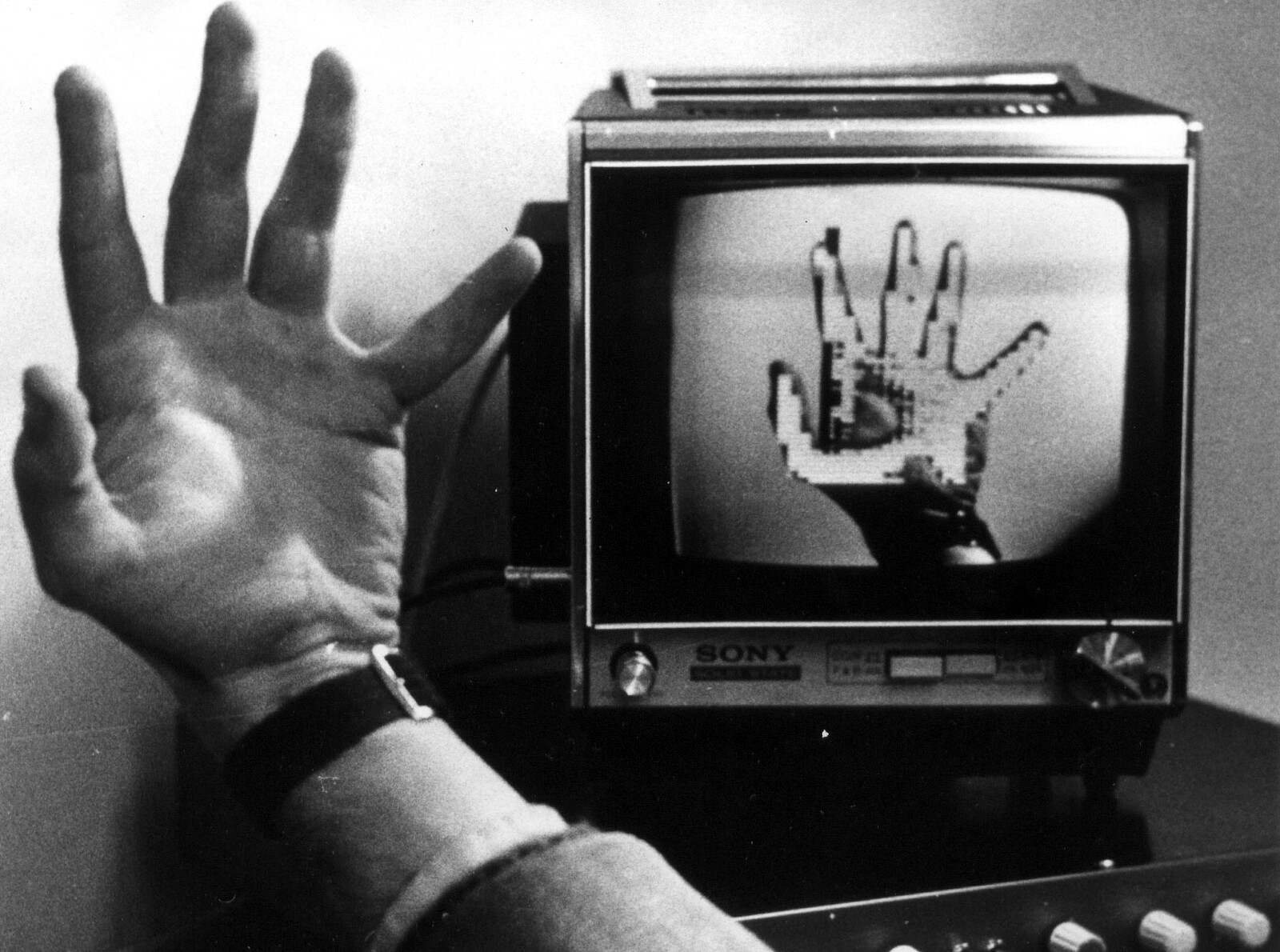As financial media, crypto-currencies may be seen as an extremely narrow medium of expression since rather than broad-spectrum cultural relations (as with Facebook) participants engage primarily in financial speculation, and only secondarily in the qualitative offerings of a rather limited number of projects involving notions of decentralization, AI, various investing formats, data storage, and the like. On the other hand, crypto, with its publications, slack channels, meet-ups, start-up spaces, etc., could be seen as abstracting and harnessing with participants the general form of social media. It therefore represents a pared-down and more crystalline platform template for potentially all activities that transpire on social media, but with an important twist: equity for media participants. Thus, in the most generous reading, crypto-currencies function as a medium that cooperatizes social relations by giving users a share of the value of the platform they collectively create, rather than extracting their subjective energies as quantum units of value that then belong to third-party shareholders. Participant ownership of tokens is not only a right to money, a quantity of value; it is equity in the platform—direct ownership of a share of the social product.
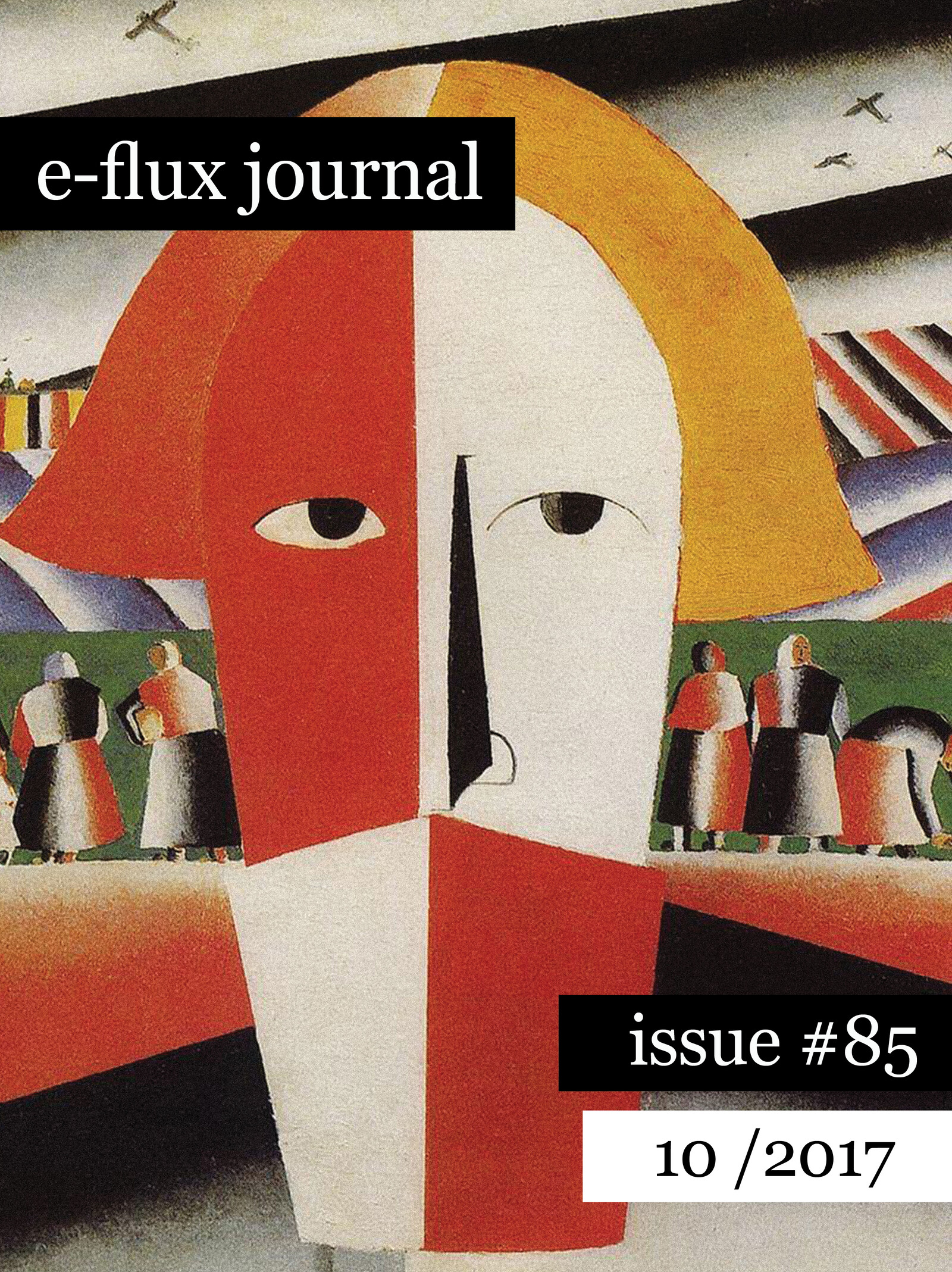
Kasimir Malevich, Head of a Peasant, 1927–29. Oil, wood, 55 x 66 cm. Collection Russian Museum, St. Petersburg.
Computational indifference to binary problem-solving coincides with a new imperative: technological decisionism, which values making a clear decision quickly more than it does making the correct one. For decisionism, what is most decisive is what is most correct. When Mussolini gives a speech in parliament, in 1925, taking full responsibility for the murderous chaos his regime has created, and challenging his opponents to remove him anyway, he is practicing decisionism at the expense of binary logic, which would dictate that if Mussolini is responsible, then he should resign. Instead, the dictator declares that he is responsible and that he will stay. Today it is our machines who make these speeches for us.
Can a waste product marketed as a valuable fuel be treated proactively as both a clear and present danger and as a public monument? Such an approach is suggested by current philosophy and cultural critique. The materialist turn toward the “agency of things, “vibrant matter,” and “speculative realism” is driven by a need to come to grips with the suicidal overproduction that structures contemporary society. The handful of petcoke that you can pick up along the side of the river becomes the withdrawn index or impossible clue to the vast interlocking system of energy production and its consequences, on the scale of the planet earth and in the dimension of geological time.
Concerning the orgiastic frenzy that took place on the hundredth anniversary of The Black Square after the discovery of the sensational inscription, I wish to affirm with absolute conviction that Kazimir Malevich had nothing at all to do with it—the Russian avant-garde artist’s most important picture was vandalized by some “jolly and quick-witted” individual, who left a graffito on it. There have always been, always are, and always will be people who wish to debunk, unmask, and “smack down” The Black Square. Some vulgar humorist managed to leave his mark and perpetrate an outrage against the abhorrent “anti-picture.”
One of the key works of the Russian movement of the early twentieth century is the picture of a black square on a white background by Kazimir Malevich. It was first shown in 1915 during the “Last Futurist Exhibition of Paintings 0,10,” in what was then Petrograd, hung across the corner of one of the exhibition’s rooms. This was how peasants hung the icons in their houses. As well as the black square—listed in the catalogue simply as Square—Malevich also showed his picture of a red square entitled Painterly Realism of a Peasant Woman in Two Dimensions. What is astonishing here, however, is that Malevich relates these nonfigurative pictures, now considered to be among the high points of secular modernism, to the premodern icon and to Russian peasants living in the Orthodox tradition. How is this contradiction to be understood?
Subscendence affects things like nation-states, as huge and powerful as they appear. Subscendence is why you need a passport. It’s not to guarantee your identity, but to guarantee and prop up the identity of the state. Islamophobia sees Muslim terrorists as inevitably part of some larger, shadowy organization, while in the United States, white terrorists are always described as “lone wolves.” No matter how many of them shoot people in churches and outside abortion clinics and blow up government buildings, having trained in the Christian equivalent of an al-Qaeda training camp; no matter how many wolves there are, they are always seen as lone wolves, not as members of a pack. The concept that wholes are greater than the sum of their parts comes in ideologically handy because then Islamophobia can claim that Islamic terrorists are part of some emergent, shadowy whole, while white terrorists are individuals without a whole in sight.
This is an invitation for curators operating in distinct geographies but within an intertwined geopolitical reality to slow down their ways of working and being, to imagine new ecologies of care as a continuous practice of support, and to listen with attention to feelings that arise from encounters with objects and subjects. This is a call to radically open up our institutional borders and show how these work—or don’t—in order to render our organizations palpable, audible, sentient, soft, porous, and above all, decolonial and anti-patriarchal.
Kurenniemi was looking for a new sensorium through technological instruments and fleshy excitements such as alcohol, drugs, sex, and combinations thereof. In his life, any boundary between science, music, physics, pornography, and technology was porous. Dimi-S (aka Sexophone or Love Machine, 1972) is a device that generates sounds through the skin contact of four performers who hold electrodes that generates bio-feedback. Each Sexophone session is unique, as the sound is generated by the electric conductivity of the players’ epidermises. The players are asked to follow some instructions to activate the machine, as in Fluxus or algorithmic art. Sexophone is an ironic forerunner of cybersex.
I later ran into Jerry Saltz and Roberta Smith at a showing of work by Alix Pearlstein and he remembered me from the Seghal. I tried to persuade Smith and Saltz that all of Tino’s interpreters had the Seghal signature tattooed on our asses and offered to show it to them, but they did not take me up on it. I mention this because it is not just the information about the artwork circulating in the world that makes it collectible. It is also the noise. As with any other financial instrument in a portfolio, the artwork in a collection gains and loses value at the volatile edge between information and noise.
